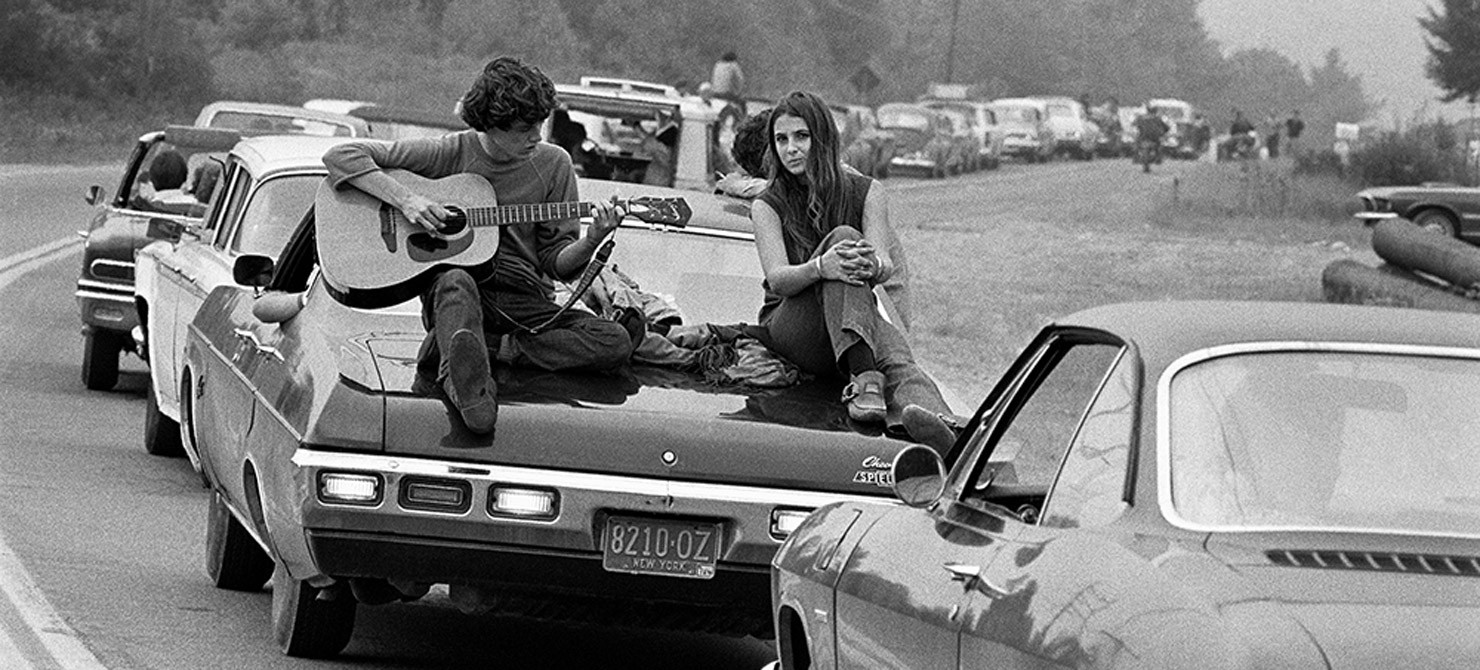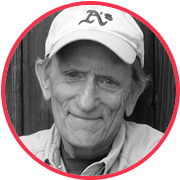
Baron Wolman: “There Is Nothing to Compare to Being on Stage with My Camera with Jimi Hendrix”
At the beginning of 1960s, Baron Wolman was serving in Germany and made a series of photographs about life behind the Berlin Wall. He sold the series and started dreaming of becoming a photojournalist. After returning to the States, Wolman met a student and young writer – Jann Wenner. Wenner, together with the music journalist Ralph Gleason, offered a 30-year-old Wolman a job with a new magazine about music, Rolling Stone. In three years, Wolman photographed Jimi Hendrix, Janis Joplin, Frank Zappa, Bob Dylan, and bands like The Who, The Rolling Stones, Pink Floyd and many other musicians. He himself calls his career “a gift from the gods”.
Wolman now lives in Santa Fe, where he publishes books and works for the magazine about mobile photography – iPhotographer. He told Bird In Flight how to get on the good side of a rock star, why people didn’t like Woodstock and how his attitude towards his colleagues changed in the past half-century.

In the 60s, the musicians depended upon the photographers to help build their musical career. We needed them for the photos to publish, they needed us for the photos to promote their bands. The reason photographers are not as cool and important as rock stars now is that there are too many photographers. Buy an expensive camera, become a photographer…and the camera does most of the work. We did not have auto-focus, we did not have auto-exposure, we did not have high-speed motor drives. We had to think about and consider each frame before we clicked the shutter. Also, in the 60’s, the photographers were part of the “family.” There were the bands, there were the groupies, there were the photographers. My favorite film about that time is “Blow-Up”. That was my life!
{“img”: “/wp-content/uploads/2015/08/Baron_10.jpg”, “text”: “”}
The Woodstock people were not typical. They were the “counter-culture,” mostly young people who had a vision of a peaceful world, people who believed they could change the world and make it a better place. Many people didn’t like them, many people didn’t trust them…only because they “looked” different. Always in history the masses are afraid of people who are not like themselves – afraid of them, most of the time for no reason. The idea of Woodstock was to produce a concert where all of those “not typical” people could come together, be comfortable and hear great music…and maybe even smoke some pot and maybe even make love. All peacefully.
I had a great time with the many artists, writers and musicians that I photographed. I even wrote a book about that called “The Rolling Stone Years.” I tell the stories behind the photos, answer questions in my own words about my experiences. Of course, I miss those times. There is nothing to compare to being on stage with my camera with Jimi Hendrix, with the Rolling Stones, with Led Zeppelin, with AC/DC. We photographers were respected and trusted, we were given “all-access.” We didn’t compete with the bands, we didn’t compete with our fellow photographers because we were all one big family.
I would not try to shoot in the same way for modern musicians and artists because they don’t want the kind of intimate pictures we were taking in the 60’s. Now it is a different world for both music and photography. The concerts are still exciting. However, everybody takes the same picture these days, both the photographers with their professional equipment and the audience with the iPhones. Yes, there are some contemporary photographers who are making very unique music photos. For example, Christie Goodwin in London and Igor Vidyashev in Toronto. There are others, of course, but these are two of my favorites shooting today, and even these two tell me how badly they are treated, how badly they are paid, how difficult it is to get access so they can get the best shots.
When I have an assignment to photograph somebody well-known, the first thing I do is go to Google to learn everything I can about this person. I study him or her. Everybody’s favorite subject are themselves, so I am immediately showing both knowledge and interest in my subject, and they in turn immediately respect me and start talking about themselves. We have a real conversation. He or she is at ease, trusts me, relaxes, and is willing to give me and my camera a small piece of their soul.
{“img”: “/wp-content/uploads/2015/08/Baron_08.jpg”, “text”: “© Baron Wolman”}
At Rolling Stone I became “addicted” to the smell of printer’s ink; the printing machines were in the same building as our offices. I also fell in love with the process of taking an idea and bringing it to reality. Of course, now so much publishing is electronic. Nothing to hold in the hand except the iPad.
My career as an aerial photographer is finished. I sold my airplane when I moved to Santa Fe. But back then I loved the challenge of flying and photographing at the same time. The challenge was always to find the “moment of truth” within the motion. Sometimes I was very successful, sometimes not. I was one of the early music photographers, there was not much competition. I was one of the early aerial landscape photographers, there was not much competition. I always wanted to be one of few. It was always about curiosity of which I had much. Now my only curiosity is why people kill each other, why politicians are so often corrupt, why we are not respecting the environment.
{“img”: “/wp-content/uploads/2015/08/Baron_04.jpg”, “text”: “© Baron Wolman”}
{“img”: “/wp-content/uploads/2015/08/Baron_05.jpg”, “text”: “© Baron Wolman”}
{“img”: “/wp-content/uploads/2015/08/Baron_01.jpg”, “text”: “© Baron Wolman”}
There is something I will not photograph, and that is war and/or violence. I am not a combat photographer. When I was in the U.S. Army, I learned that you cannot argue with a bullet that is coming toward you or a bomb that is falling on you. When people are angry and violent you cannot discuss the situation with them. Violent behavior turns off the brain, it turns off compassion. You have experienced both war and violence in the Ukraine. I have great empathy for the situation and have seen many poignant photographs from the revolution in your streets. I am glad there are photographers to document the many tragedies. It is important they do so. But these subjects are not for me.
Social media is fun. It is a way to connect with friends and strangers (who often become friends). I am not addicted, only enjoying. If one day the Internet did not exist, I would go to the coffee shops, drink coffee and discuss everything (the world, photography, women, love). I would write real letters again, maybe even write a book.
{“img”: “/wp-content/uploads/2015/08/baron_01.jpg”, “text”: “© Baron Wolman”}
{“img”: “/wp-content/uploads/2015/08/baron_02.jpg”, “text”: “© Baron Wolman”}
I am very fascinated by the iPhone as a camera, as a creative tool, (but not as a telephone – ha!). For many people their iPhone is their only camera but this does not limit their creativity. There is a feature-length movie playing now in the U.S. which was made only on an iPhone 5! Our magazine, iPhotographer, is for the millions of people everywhere in the world who use their phone as a camera. We have portfolios, tutorials, hardware reviews, current news about iPhones and the endless ways they are being used, by professionals and by amateurs alike.
I do not shoot every day. Not only am I lazy, but it seems to me that photographs are less valued these days, they are not “special.” We are now inundated with images, like a tsunami of photographs. Maybe because digital cameras are so inexpensive. Look at Instagram: countless excellent images, numerous visual surprises. I have not totally given up on photography, but the satisfaction is not there at the moment. It now depends upon my mood and inspiration. We shall see.
I am now working on a spectacular book. It is about the Groupies, the women I photographed years ago for the Rolling Stone “groupie issue”.
Are you asking me how you could meet Mick Jagger? You and your editor are dreamers.






